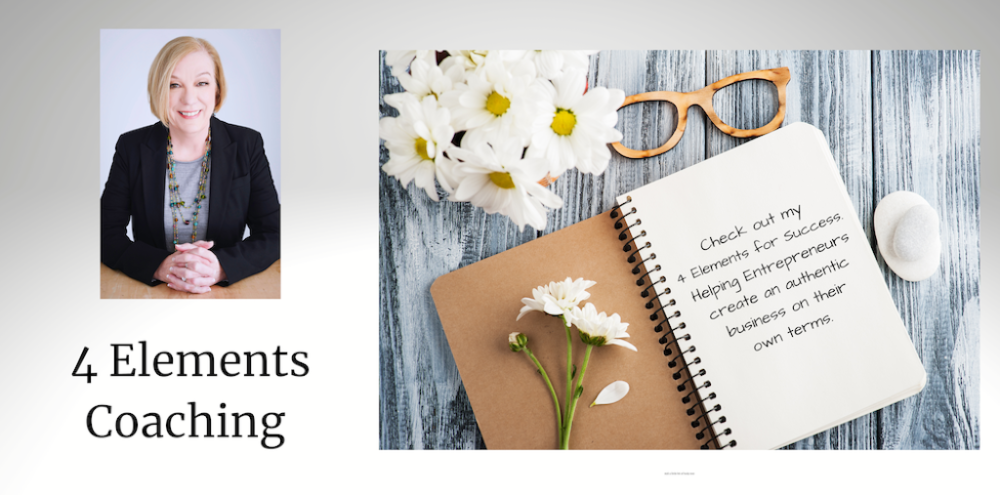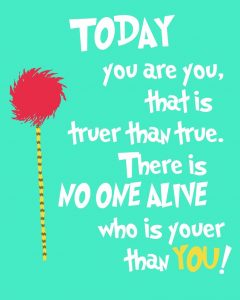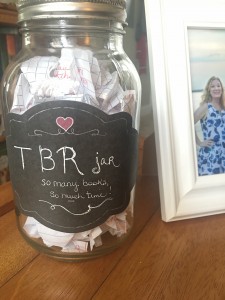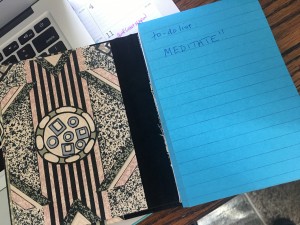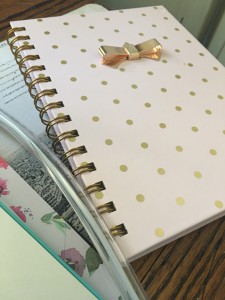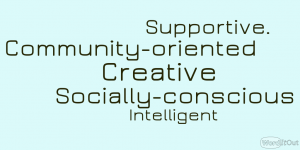Hello Trello!
I’ve known about Trello for awhile and used it very briefly with a team I was on. And then a team member was replaced and they were off to another application for project management. Even after a little time with it, I thought it was a great idea for my business, so I created a free account. And then it sat there…
For a year or more, it sat there and I really did very little with it. There was a learning curve and that often derails my attempts at adding something new that might actually benefit me more in the long run. So I didn’t think about Trello much at all. And then, a membership group I am a part of started talking about this great resource and how it could be useful in a number of ways. The owner of the group even posted Trello templates that we could play with and customize.
Not knowing a lot about how Trello works, I dug in and started playing with it again. I learned by doing and making mistakes and doing again. I added the Boards I need for my business. Then added a Board for household projects we want to complete this year. I launched into developing a creative hub Board and a Board for vacation planning. I even added my partner to the household and vacation boards so we could coordinate on planning and executing. Honestly, I felt brand new.
And then I did very little with it yet again!! Trello hung out now in the back of my mind frequently yet wasn’t making it it to my Bullet Journal lists. But I’m happy to say, the Boards only hung out unused for about 2 months. I remembered how helpful it would be and figured out how to make it more relevant. I found even more business planning templates that were done for me and figured out how to copy and customize them. I watched video tutorials and gained new understanding of how each piece of the system could work for me.
Fast forward and I’m now adding files, photos and other attachments so that I can find things easily and quickly in one place! My logo, brand colors, bios and more are all in a stack of cards within a board called Brand.
Even more important, I made a usage commitment that was easy to execute. I would set aside ten minutes a day to be inside of Trello. I set a timer, log in and go to the Board that most needs my attention that day. I might not even need the entire ten minutes, but I have it open to me if I decide I do. And if I need more time, I put it into my Bullet Journal for another time slot that allows for another ten minute block.
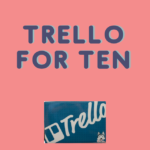
I feel like this may be a game changer! I’ll know where everything lives and can move tasks and set deadlines easily. And Yes, the jury is still out, but here’s the next thing. All of my most successful and consistent habits are built on a few principles. (thanks to the book Atomic Habits.)
Habit Checklist
- I have a desire to actually be that person who does that thing (I am a Trello user!)
- I’ve stacked it with another habit.
- I set myself up for success by having what I need to accomplish the habit. ( I do it after I’ve already fired up the computer and my browser it set to open with Trello)
In this case, I’ve stacked it with daily planner review and bullet journal brain dump, and it fits nicely there for right now.
I’ll check in with you on this from time to time and see how it’s going and whether Trello is still as relevant for me then as it is now. I’d love for you to tell me about your experience with Trello as well. Do you use it? How do you fit in the time and even better, do you have a favorite template? Or is there another application you use that serves you best?
Let’s share and discuss in the comments. And now, I’m headed back into Trello!
